With most of the focus on stimulus payments, unemployment funding, and the second round of PPP, most mainstream media coverage either completely missed or barely touched upon the fact that the latest stimulus package included major changes to the federal student aid process as we know it.
While some families will celebrate the changes - such as Pell Grant recipients and those whose students have had drug convictions - others may be see their tuition bills rise substantially, including large families with multiple students in college at once, small business owners, and divorced parents. These changes will go into effect in 2023, and will impact families completing the 2023-2024 FAFSA.
Keep reading to learn more about what to expect:
1. The FAFSA is going to be a whole lot shorter
While the FAFSA form originally contained 108 questions, the new legislation reduces it to about 36. But the so-called FAFSA Simplification Act doesn’t actually make everything simpler, as you’ll soon learn.
2. The EFC will be replaced by a new calculation
The Expected Family Contribution (EFC) will be replaced by the Student Aid Index (SAI). This name change replaces what was a bit of a misnomer - families often pay more than the EFC, either because colleges do not meet full need (providing loans rather than grants) or because the college recalculates the contribution and requires more than the federal calculation suggests.
3. Large families and small business owners could see their tuition bills increase substantially
The biggest impact will probably be felt by large families with multiple students in college at once, as the parent contribution of the EFC/SAI will no longer be divided by the number of family members in college at once. This will greatly reduce the amount of financial aid that families paying multiple tuition bills at the same time currently receive. Depending on the number of students in college, this could be a high five to six figure difference per family per year! Small business owners will also see a potential increase in the cost of attendance for their children, as the values of those businesses will now count towards parental assets.
4. Pell Grant recipients will have an easier, more consistent process
For Pell Grant recipients, the SAI will automatically be set to zero. Students can also receive negative SAIs, of as low as -$1,500. Changes to Pell Grant criteria will make it easier for incarcerated prisoners and students with single parents to be eligible for grants.
5. Students with past drug-related offenses will no longer be barred from receiving federal aid
In a move that is consistent with our society’s evolving attitudes on drug use and addiction, students with drug convictions in their past will now be eligible for federal aid. They have not been eligible since the Higher Education Act of 1998 was passed, and a Government Accountability Office report in 2005 found that up to 40,000 students were impacted each year as a result.
6. Divorce-related strategizing will be a thing of the past
Divorced parents have long been able to make strategic decisions about financial aid eligibility by modifying sleeping arrangements, as the parent with whom the dependent child spends more overnights is currently responsible for completing the form (regardless of legal custody arrangement). However, this will change with the new legislation, which requires the parent who provides the greater portion of the student’s financial support to complete the form. When both parents provide equal support, the form must be completed by the parent with the greater income. Step-parent income will still be included in the calculation if the parent completing the form has remarried, regardless of whether the step-parent plans to contribute to the child’s education. In fairness, many families have already had to release non-custodial parent financial information through the CSS Profile’s non-custodial parent form, so this change will have the greatest impact on students who attend schools that do not require the Profile in addition to the FAFSA.
7. Cost of attendance may look very different
There are many changes to the cost of attendance calculation in the new FAFSA. Some of the biggest include the separation of room and board into separate allowances for housing and meals, and the requirement that the meal allowance account for three meals a day. Institutions must also include loan fees on federal loans in the calculation (this is currently optional), and there will be no allowance for private loan fees. The cost of obtaining professional licenses or certifications will also be mandatory rather than at the discretion of the institution.
8. IPA rises in line with inflation
The Income Protection Allowance (IPA), which shelters a portion of parent and student income to provide for basic living expenses, has been raised and will continue to be adjusted for inflation. The 2023-2024 IPA for parents is 20% higher than 2021-2022, and for students, the 2023-2024 IPA is 35% higher.
9. Demographic changes
The FAFSA will now include a question that asks about the applicant’s race or ethnicity. Male applicants are also able to complete the FAFSA without registering for the Selective Service, a welcome change with the new legislation.
We hope that this rundown of major changes is helpful! It will definitely be a very different landscape in the coming years, especially for families that have more than one student attending college at a time.
For more information about all of the changes made in the FAFSA Simplification Act, we recommend this Forbes article, which also provides a list of the changes to the appeals process once families complete their financial aid applications, as well as this Q&A from the National Association of Student Financial Aid Administrators.





